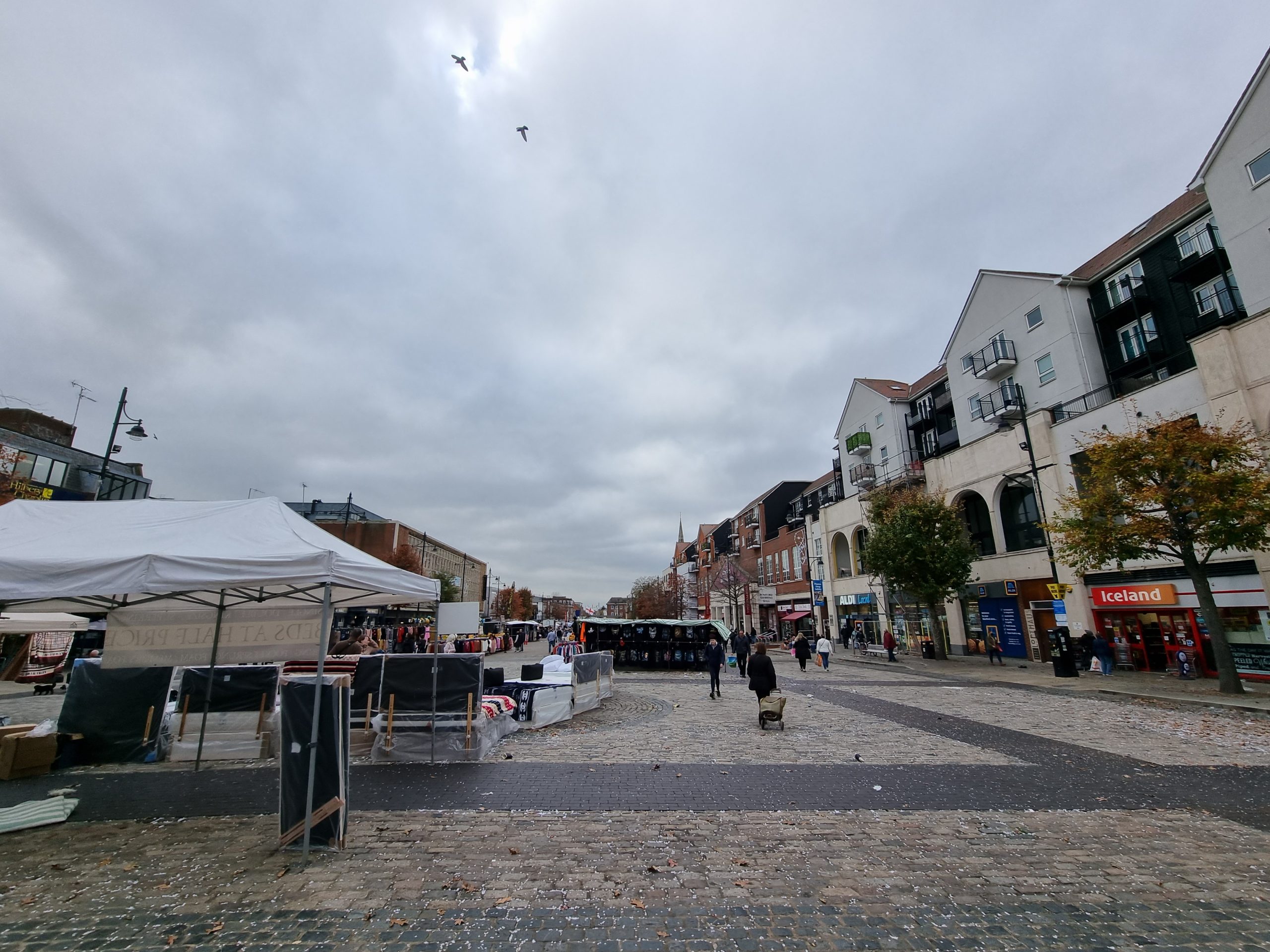How FOREX Market Works
Foreign and Exchange are two English words combined in the name Forex. The Forex market is the metaphorical intersection point through which all the world’s commercial, as well as investment, flows pass. It is this regulation and redistribution of financial flows function that has made Forex its strong reputation within the global economy.
The Largest Global Financial Market
Imagine the largest marketplace in the world for buying and selling currencies. This is where experienced traders can employ various tactics and strategies, such as the order flow trading strategy, which allow them to win and gain profits.
Renowned also as one of the most dynamic financial markets, Forex operates around the clock, five days a week, devoid of physical location ties. Thus, it is practically decentralized. Transactions in the foreign exchange market have their own risks and opportunities, just like in any other financial market.
Currency Pairs
Major currency pairs contain the US dollar on one side of the transaction. The most traded pair is EUR/USD, with other frequently traded currency pairs being:
- USD/JPY – US dollar/Japanese Yen
- GBP/USD – Great Britain pound sterling/US dollar
- USD/CHF – US dollar/Swiss franc
- USD/CAD – US dollar/Canadian dollar
Traders are not restricted from exploring other currency pairs, less popular ones. However, in that case, their profits might not be as high as with the most popular currency pairs involving USD.
Liquidity of the Forex Market
In the Forex market, buying currency requires a willing seller. The opposite is true with selling currency—for anyone to sell a currency, there must be a motivated buyer.
Market liquidity denotes its ability to meet traders’ transactional requirements, encompassing both buying and selling activities.
Let’s take a very simplified example.
Suppose you need to buy 400 potatoes for your restaurant. You come to a grocery market and ask about the availability of 400 potatoes, to which they answer: “Yes, we have even more than that!” This grocery market is liquid. It can sell you what you need.
If the answer was: “No, we don’t have that many potatoes. Unfortunately, only 40 pieces are left” – this would be an example of an illiquid market. You would have to either wait for a new supply or go to another market.
Forex Market Volatility
According to FX2 Funding, a modern trading platform, volatility stands as the flip side of the liquidity “coin”, forming an interconnected relationship with it. The main thing to understand here is that volatility determines the speed of price changes or fluctuations:
- High volatility – price quotes change quickly.
- Low volatility – the price changes slowly.
The higher the volatility, the lower the liquidity. And vice versa: low volatility indicates high liquidity.
The Bottom Line
The Forex market serves as the nexus for global commercial and investment flows, renowned for its regulation and redistribution of financial resources. Operating round-the-clock, it’s the largest platform for currency trading. It offers opportunities and risks alike and encompasses every major or minor currency in the world.
































